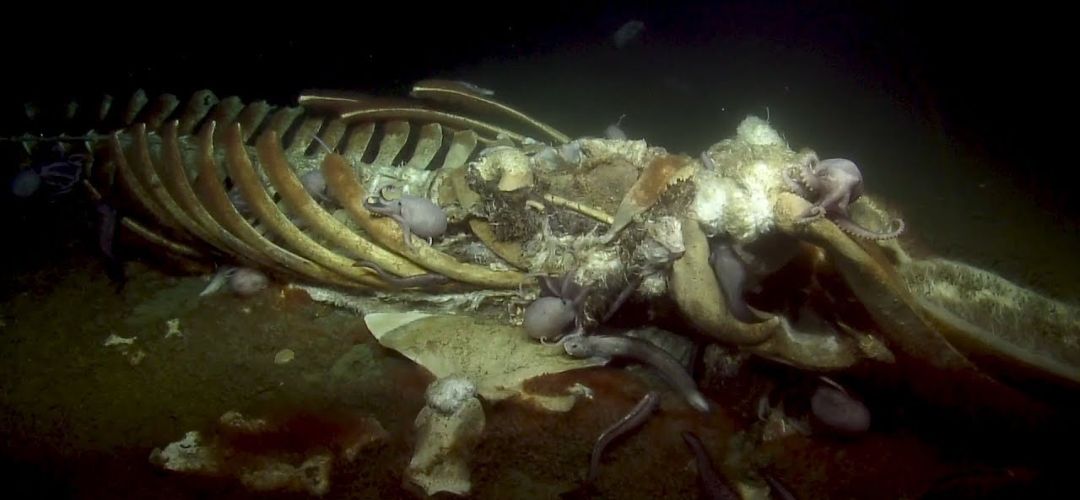Known for its underground, grunge music scene as well as its wide range of visual art forms from painting to glass blowing, Seattle’s art world knows little bounds. With many initiatives advocating and seeking resources for BIPOC artists, Seattle’s diversity in creativity continues to encouragingly develop.
This past year only emphasized the vitality of creatives and the change they can bring. Supported by the city’s programs, Seattle aims to preserve the availability of art to all, while nurturing diversity and an anti-racist environment.
In Seattle’s art world, music returns with a bang
Perhaps one of the most challenging obstacles to overcome in culture this year was that of keeping live music alive.
Seattle’s endless small venues, many of them already supporting BIPOC acts, fought to stay afloat. But the return to the stage of notable acts like the twin duo The Black Tones or Dark Smith only hit harder because of it.
The eclectic Seattle music scene has, especially after this tumultuous year, made way for artists of color where they previously didn’t feel like they belonged.
As their visibility and recognition increase through their work, the community of BIPOC musicians appeared to grow or at least come together at last.
Where rock shows were headlined by white artists, it seems BIPOC acts are starting to access the space they needed. These opportunities and resources allow BIPOC artists to rekindle with the music they were always meant to create but made to think they didn’t belong with.
Indeed there are more Black acts coming together today than there have been in years. And the BIPOC artists with their resources are overcoming the white-washed image of rock that has perpetuated for centuries. Subsequently, the genre is brought back to its roots.
For the eyes and for the mind
Currently, portraits by artist Barbara Earl Thomas are displayed at the Seattle Museum of Art. They draw from complex ideas of race, religion, and society. Her 73 years of age let her tell stories that are of utter relevance today while incredibly rich in history.
“I am a witness and a chronicler: I create stories from the apocalypse we live in now and narrate how life goes on in midst of the chaos.”
Barbara EARL THoMAS VIA SEATTLE ART MUSEUM
Her collection The Geography of Innocence will be up until January of next year.
Power in art
Even though spaces are opening up again, artists do not cease to showcase their creativity through innovative means. Indeed, even if you won’t be able to visit Seattle’s art world any time soon, there are still things for you to see.
Sites of Power is an ongoing online project developed by “viral” conceptual artist Natasha Marin alongside the award-winning director Jay O’Leary Woods.
Marin has curated a series of “exhibits” nestled within the Black Imagination initiative, always people-centric and centering Blackness in art in a “healthy and celebratory way.”
“Black Imagination has engaged (and paid!) Black folks from all over the PNW region and the world– amplifying, centering, and holding sacred a diverse sample of voices including LGBTQIA+ Black youth, incarcerated Black women, Black folks with disabilities, unsheltered Black folks, and Black children.”
via Black Imagination
With the possibilities to “listen, watch, and imagine,” take a moment to immerse yourself in Sites of Power. As tired as we may be of our screens, this virtual collaborative experience is worth the ride.
Youth inspiring youth
Renowned artists begin somewhere, and nothing is as crucial as the encouragement of art-making among youth.
The Colorization Collective was founded by two Lakeside High School friends, Anya Shukla and Kathryn Lau. With the goal to assist young creatives of color by providing them with opportunities and support, the two seniors have now built a community of artists.
Their team continues to provide inspiration through mentorship programs bringing established artists together with aspiring ones, to online workshops and virtual concerts. You can participate, donate and contribute in various ways, shapes or forms.
There’s always more to the art world in Seattle
The Black Embodiments Studio is an initiative supporting contemporary art by Black artists. It is a firm example of the diversity on display in Seattle’s reemerging art world.
Oriented towards writing workshops for cultivating a “complex discourse” around blackness in art, they also provide developmental assistance for working artists. From lectures, one can participate in their Arts Writing Incubator as well as their series of public programs.
They also keep a curated list of exhibits and artistic events happening in Seattle; you can find it here.
In addition, if you are an artist of color in Seattle, or seeking to support the community, you may want to check out Sustainable Seattle’s BIPOC Sustainable Tiny Art House Community (STAHC).
Finally, the city of Seattle itself is continuing to develop various programs that are in place to support art and culture across neighborhoods and opportunities for under-represented artists. Creative Strategies Initiatives and Art & Cultural Districts represent two of them.
By supporting creatives and the centers that encourage them, we create the communities necessary to feed the passion that lies behind art. The art world in Seattle owes a great deal to its robust diversity; there is almost always something exceptional and new to see. And these individuals and groups are paving an important path that has yet to go a long way.






















